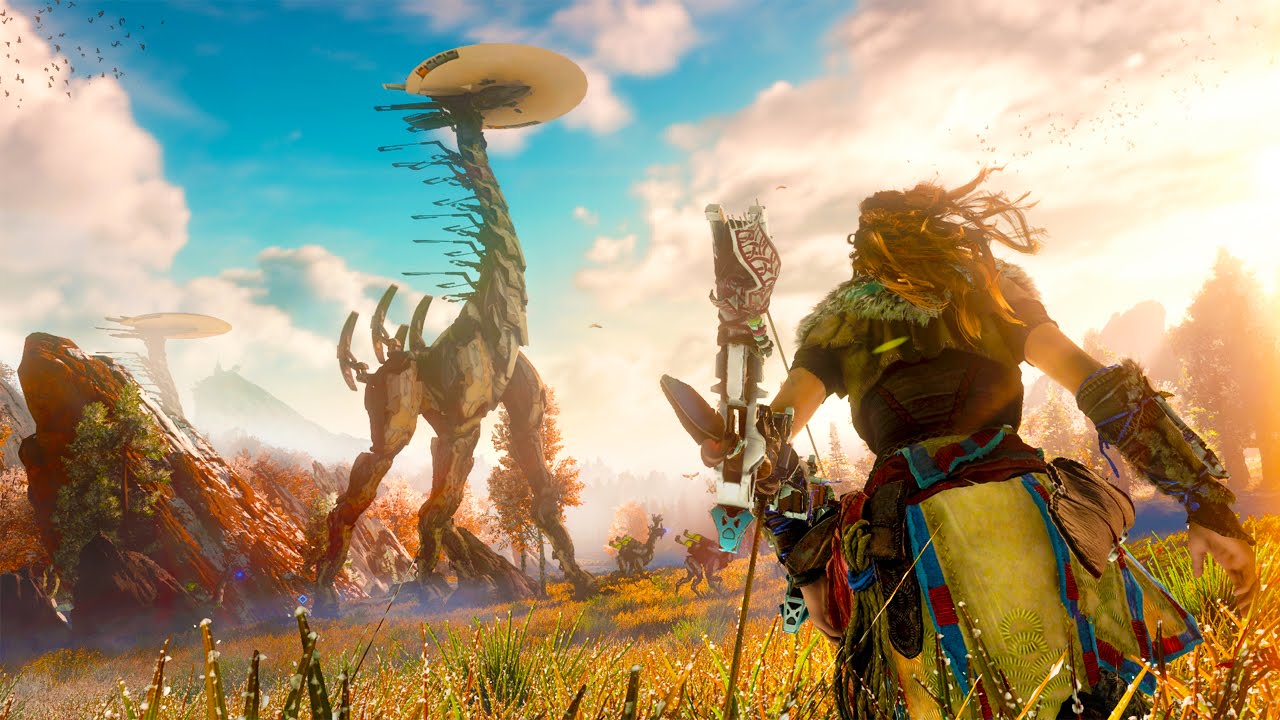Open world games seem to be everywhere. More and more developers are latching their new and already established franchises onto this style of gameplay, for better or worse. The reasoning is clear since the open world format proves beneficial from a design standpoint and is also hugely popular among gamers (The Elder Scrolls V: Skyrim, The Witcher 3: Wild Hunt, Fallout 4), so this leads to better sales and more money.
However, as each new open world game is released, developers boast about how “vast” and “dense” their particular game is. The question therefore is: “Is an open world’s size really important?”

Since so many games nowadays adopt the structure and design of an open world, it becomes increasingly difficult to distinguish themselves as better than the competition. It seems that because of this, developers believe that by further increasing the size of the open world, the game is all the better for it.
Part of a developer’s job in creating a game is to try and make it as good as possible to sell. As consumers we get drawn to bigger numbers. We make excuses that a larger game world means more content, therefore equating it to better value for our money. What we really should be doing is actually examining the quality of the content on offer. It’s a dangerous predicament as it can potentially encourage developers and publishers to focus on making pointlessly large open worlds instead of other aspects such as level design, story and side content. Unfortunately, the former regularly feels more attractive in the end. On the other hand, if done well in tandem with everything else, the larger open world can indeed work extremely well, an arguably brilliant example being The Witcher 3.
CD Projekt Red was able to balance a large and varied open world in both the main game and the Blood and Wine DLC alongside an intricate story, characters and quest design. The Witcher 3 was able to handle the size of the game world with ease and filled it with truly meaningful content that never felt like filler. There was still the odd issue, though, such as the sluggish nature of Geralt’s movement in small spaces, however the developers truly worked wonders in raising the bar for the RPG genre and open world games as a whole.

On the flip side, so many other games fall victim to focusing too much on the vastness of their open world that in order for it to not feel empty, developers drown the game in idle and unimaginative ‘fetch’ quests.
How many glowing feathers scattered across a city do we really need to collect? Is it really necessary for complete and utter strangers to ask me to pick them flowers that grow in a certain cave miles away just for a few pieces of gold? Common games that get this wrong are the Assassin’s Creed series, Skyrim and Dragon Age: Inquisition. These games aren’t bad — in fact I still really like them — however, too often we are given a massive open world that’s littered with collectables and fetch quests to provide us with content that adds no real thrill to the experience. I would happily have a smaller map size in favor of quests and other side activities that were engaging and worthwhile, instead something that amounts to numbers and a completion percentage.
I understand that a bigger open world is paramount to a game’s success in some instances, such as the Just Cause series, where the world is supposed to be a playground designed around the protagonist causing destruction and explosions. In this regard a large open world works just fine. For many others, though, specifically RPGs, side activities and story are more important than having the largest open world imaginable. However, it is also possible for a big open world and meaningful content to work well together if the developer really puts in the effort so that gamers can fully appreciate the game, like the previously mentioned The Witcher 3.
Don’t get me wrong, I love an open world game that lets you get lost in the setting. However, what’s the point if the content in the game is side-lined so that the map’s size means nothing anyway? Hopefully developers will soon realize that the sheer size of a world isn’t what ultimately sells; it’s what the player can experience and do within that world that’s crucial to its design.
What’s your take on open worlds? Are today’s games getting it right or wrong? Sound off your thoughts in the comments below!







Published: Jul 4, 2017 10:15 am